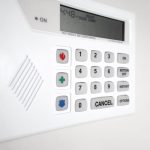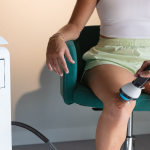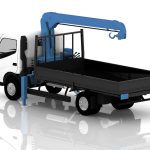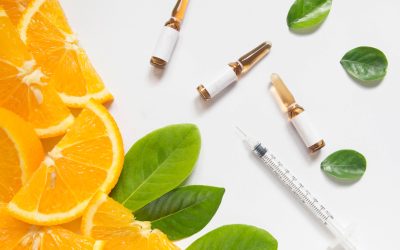It is critical to ensure that medical devices are safe for use with patients. This is true from a manufacturer’s standpoint as well as from a hospital or treatment facility perspective.
To ensure all medical devices are correctly cleaned, sterilized and safe for use all manufacturers have to complete medical device cleaning validation. This ensures the correct procedures are in place to market the device and also adhere to all regulations, requirements, and standards based on the specific type of device.
There are five different steps that manufacturers must follow in medical device cleaning validation. These must be documented and presented during the validation process following specific reporting standards.
Evaluation
This step includes an audit of the step-by-step manufacturing process. At each step, it is essential to evaluate and identify any contaminants or matter that may contact the device. It will include both debris as well as products such as lubricants or detergents used throughout the process.
Acceptable Limits
Once the process is evaluated, the next step is to determine the safe limits of these residues both for the patient as well as with regards to the potential impact on failure rate for the device.
Analytical Testing
In this step, the manufacturer must identify how the identified residues will be tested. This is usually done by a specialized analytical laboratory. These methods can be general for the device as well as specifically for particular components or residues.
Validation of Method
Once the lab has identified the method for testing, it has to be proven to be repeatable and accurate. This ensures the cleaning process will be effective throughout production.
Validation of Process
Finally, in the steps for developing medical device cleaning validation, the manufacturer and the lab must demonstrate that the testing method is effective in the real-world manufacturing setting.
This information is essential in providing safe medical devices for patients. It will also ensure that any cleaning methods can be repeated with large scale production.








